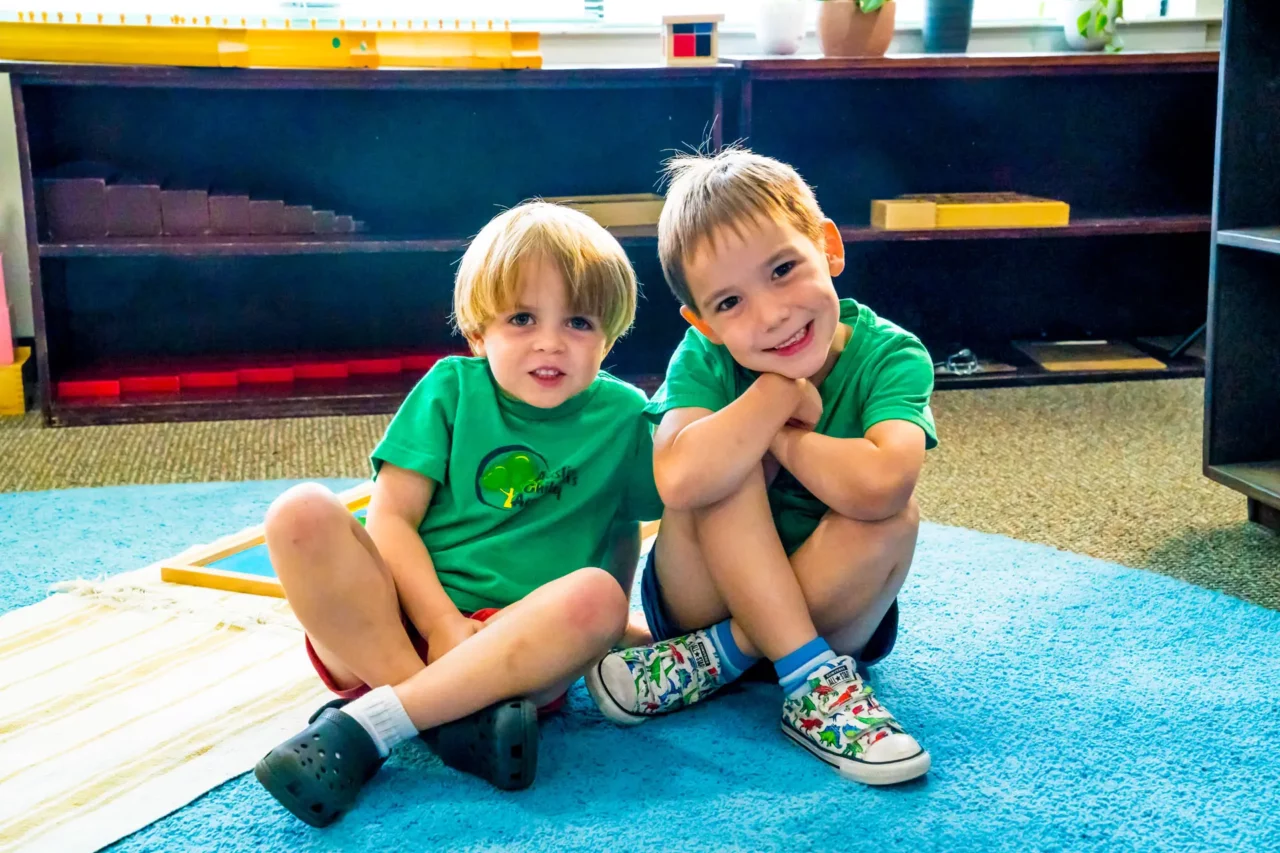
Before a child learns to read, they should have a good foundation of basic vocabulary, including the knowledge of what the words mean. It may sound like an intimidating task to teach your child all sorts of words, but there are plenty of easy, fun ways that you can build your youngster’s vocabulary and introduce early reading concepts. You might even be doing some of these things already and not even know it!
Whether you’re reading out loud to your child or simply having a conversation, you’re helping them learn new words and how to incorporate them into everyday language. You’re teaching them what these words mean, how they work, how they are the same, and how they’re different.
The more you help your child overcome challenges (especially if they have speech delays), the more prepared they’ll be for school when the time comes. If your child does have a disorder like autism, apraxia of speech, or stuttering issues, it may be smart to consult with a speech therapist before moving forward with these vocabulary techniques; children with different capabilities learn differently. In most cases, therapists will be able to recommend effective techniques for building spoken and receptive language skills for children with delays.
If your child does not have delays, the exercises in this article are things that you can easily incorporate into your everyday routine. Helping to build the fundamentals of speech will give them a leg up in school as they begin the process of learning to read and understand language.
Here are some fun and easy ways that you can expand your child’s vocabulary skills.
Visit the Library
The library is a great place to kick-start your little one’s vocabulary and early reading skills. Research shows a strong correlation between going to the library and literacy-building skills in young children. Even if you aren’t familiar with the library or know how to take advantage of it, you can always ask a librarian—they are there to help. Being around a place that honors books, reading, and learning will go a long way in helping your child feel comfortable around words and language.
Substitute Synonyms
This is how you can introduce new words to your child by using them yourself. You are your child’s first and best role model, after all!
The way you can do this is by becoming a walking and talking thesaurus, substituting synonyms for common words. Here are some examples:
Cold: Freezing, bitter, frigid
Hot: Sweltering, balmy, humid
Smart: Intelligent, clever, bright
Using substitute synonyms will no doubt entertain your child while building their vocabulary at the same time.
Use Descriptive Words
The more words a child hears on a daily basis, the more words they’ll learn, absorb, and eventually use for themselves. You can increase the number of words they hear by using a variety of descriptive words in the conversations you have with them. Even if the words are beyond your child’s level of understanding (especially if they are very young), many children will naturally use context clues and get the gist of the meaning. And if they are especially curious, they will ask you what it means, and you can explain it—providing yet another learning opportunity.
Make Labels
Making labels is a great way for a child to understand what the shape of written words looks like. By adding labels to common items around the house, they will soon understand to associate the word “chair” with an actual chair, “toaster” with the toaster, and so on. This aids in their basic comprehension and understanding of the written word.
Practice Rhymes
Rhyming is very fun for children, and it also gets them thinking about how words relate to one another. Create a challenge out of rhyming and ask your child how many rhyming words they can come up with. “The snug bug sat on the rug.” “The tan man ran the fan.” Dr. Seuss books are also a great tool that you can use to help your young children learn to rhyme.
Read Aloud Together
Reading aloud is not only a great bonding activity for parent and child, but it’s also a wonderful way to expose your child to new words. The best way to choose books is to go for selections that are of interest to your child but use words that are just above their understanding—this will help them elevate their vocabulary and gain a wider understanding. You and your child can work through what the words mean using the pictures and context clues.
Your Child’s Vocabulary
Expanding your child’s vocabulary isn’t a difficult task, and it’s a necessary step to take as they start to learn to read. In most cases, helping your child learn new words fits into your day as a natural part of your routine.






